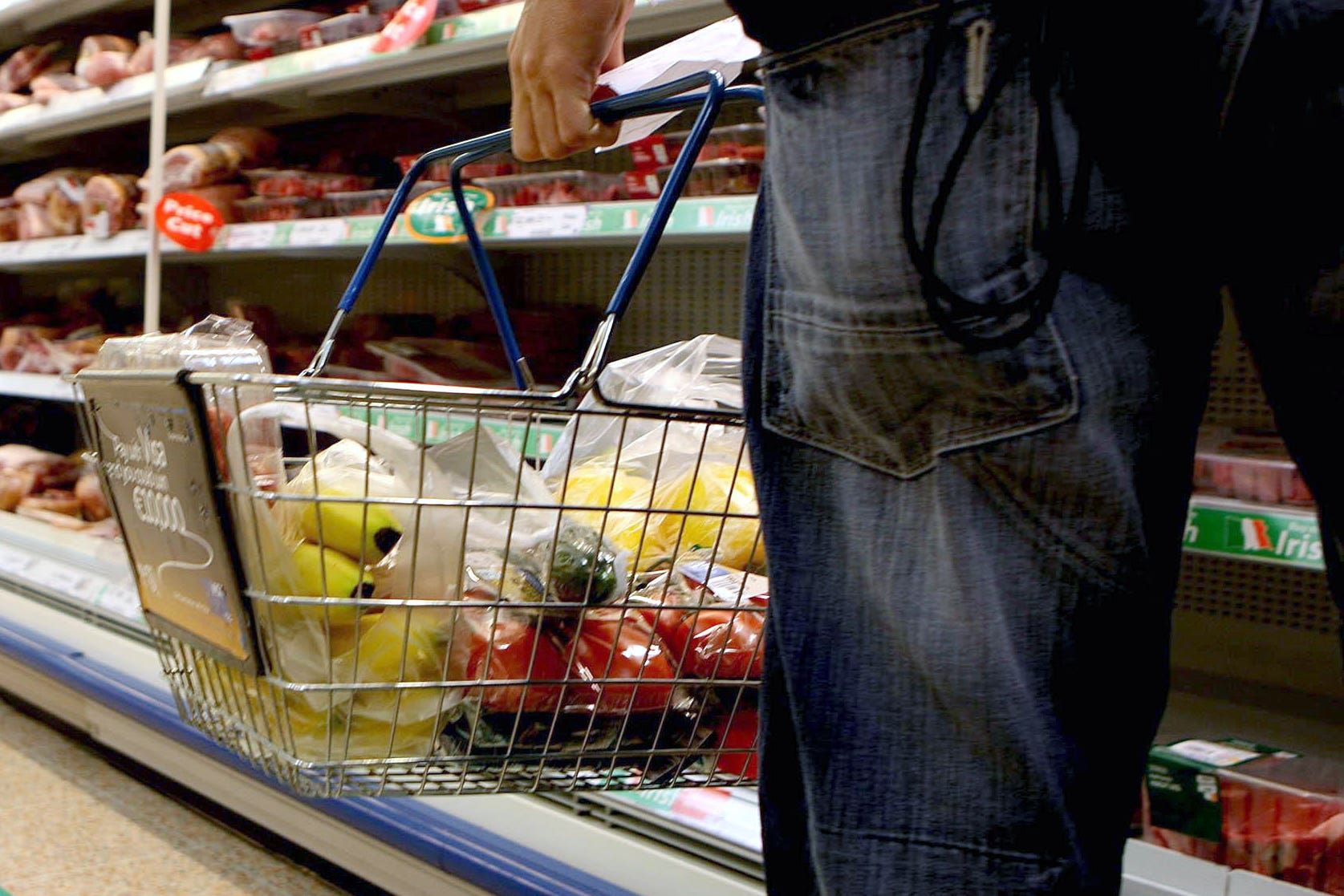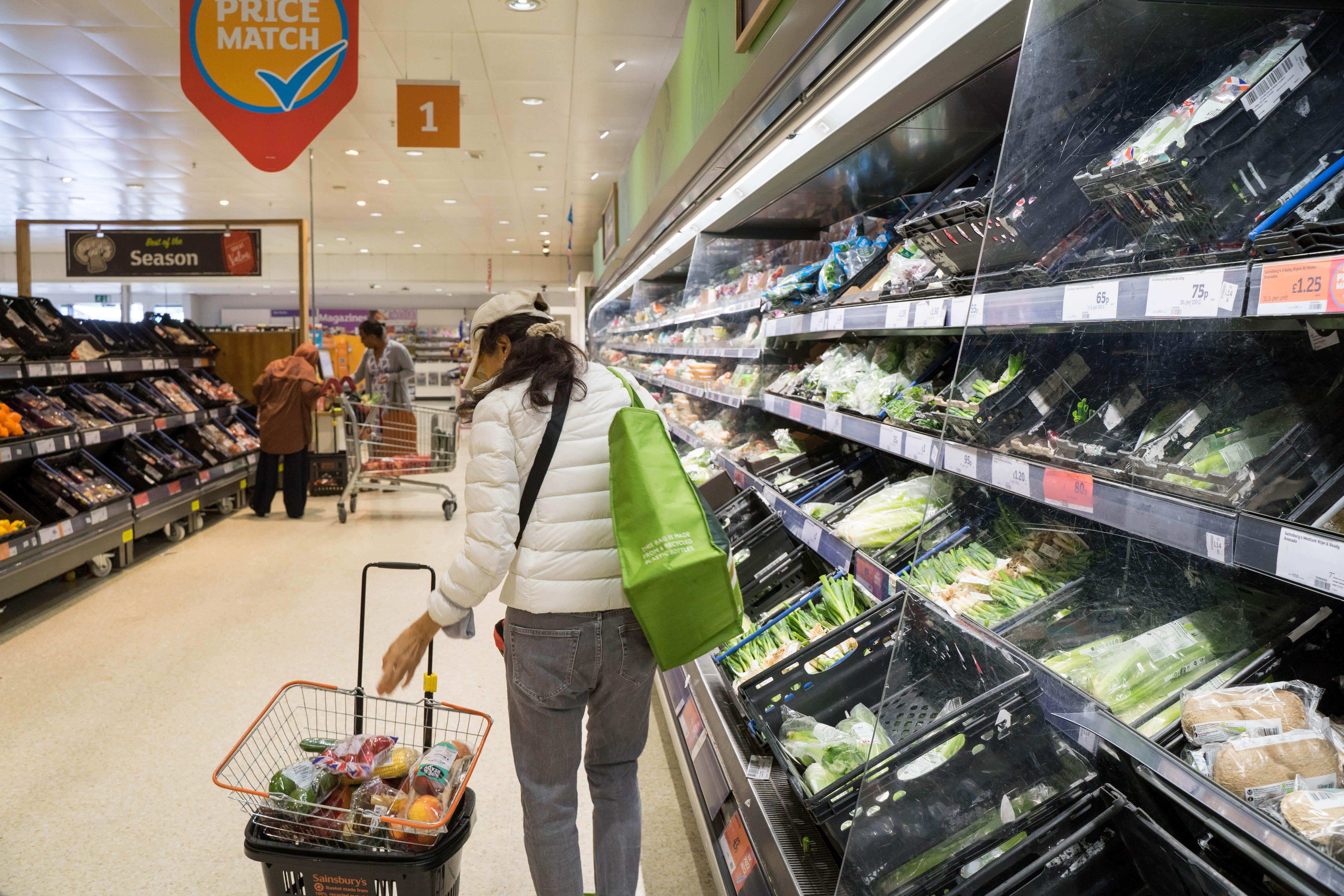Cost of Christmas dinner soars by nearly 10% in a year
Groceries still 14.6% more expensive than one year ago but down from last month’s 14.7%

Your support helps us to tell the story
From reproductive rights to climate change to Big Tech, The Independent is on the ground when the story is developing. Whether it's investigating the financials of Elon Musk's pro-Trump PAC or producing our latest documentary, 'The A Word', which shines a light on the American women fighting for reproductive rights, we know how important it is to parse out the facts from the messaging.
At such a critical moment in US history, we need reporters on the ground. Your donation allows us to keep sending journalists to speak to both sides of the story.
The Independent is trusted by Americans across the entire political spectrum. And unlike many other quality news outlets, we choose not to lock Americans out of our reporting and analysis with paywalls. We believe quality journalism should be available to everyone, paid for by those who can afford it.
Your support makes all the difference.The cost of a traditional Christmas dinner for four is up by almost 10 per cent on last year to £31 despite grocery price inflation dipping for the first time in 21 months.
Groceries are still 14.6 per cent more expensive than they were a year ago but this is down from last month’s 14.7 per cent in a sign that the pace of inflation is easing slightly, according to Kantar.
Despite the hint of Christmas relief, shoppers will have to spend an extra £60 in December to buy the same items as last year while the cost of a Christmas dinner for four is up 9.3 per cent to £31.
Sales of mince pies and Christmas puddings are down year-on-year as consumers leave their seasonal purchases until later to try to manage budgets in the run-up to Christmas Day.
Even the football World Cup has failed to set supermarket tills ringing, with take-home beer sales nudging up 5 per cent to £230 million, but mostly due to increased prices.
Meanwhile, the strong growth of the discounters continued over the latest 12 weeks, Kantar’s data shows, with both Aldi and Lidl opening new stores across Britain.
Lidl’s year-on-year sales increased by 22 per cent, pushing its market share to a record 7.4 per cent, while an additional 1.5 million households shopped with Aldi compared with last year as it increased sales by 24.4 per cent to claim 9.3 per cent of the market.
Fraser McKevitt, head of retail and consumer insight at Kantar, said: “As we move into the busiest time of the year for supermarkets, there are signs that the pace of grocery price inflation is easing off slightly as we saw a small dip of 0.1 percentage points this month – the first drop in 21 months.
“Grocery inflation still has a long way to come down though and based on the current rate, shoppers will have to spend an extra £60 in December to buy the same items as last year.
“The cost of a traditional Christmas dinner for four has hit £31 in 2022, an example of just how much rising prices are impacting people at the tills and in their daily lives.”

However, Kantar said the coming month was on course to be the biggest ever for take-home grocery sales due to the combination of inflation and festive spending.
Mr McKevitt said: “December looks set to be a record-breaking month with sales going above the £12 billion mark for the first time.
“We’re expecting Friday 23 December to be the busiest day for pre-Christmas shopping.”
He added: “We’re seeing yet more evidence of the coping strategies shoppers are adopting to mitigate rising costs, and in particular own-label sales are growing at pace, now up 11.7 per cent year on year.
“The cheapest value own-label lines have soared by 46.3 per cent, but people still want to find room for treats at this time of year and this is driving growth at the other end of the spectrum too. Premium own-label sales are up by 6.1 per cent to £461 million in November.”
Subscribe to Independent Premium to bookmark this article
Want to bookmark your favourite articles and stories to read or reference later? Start your Independent Premium subscription today.





